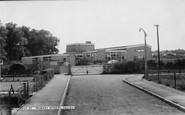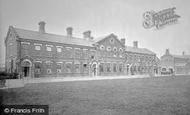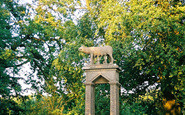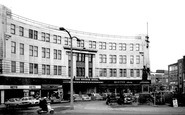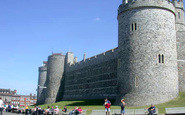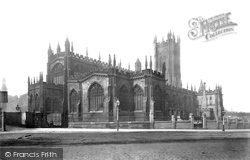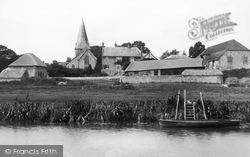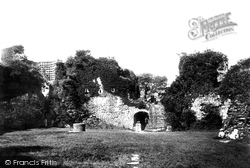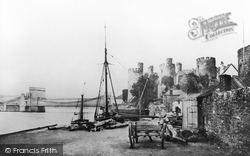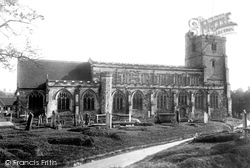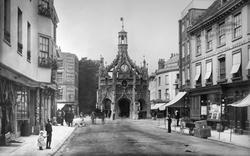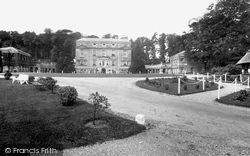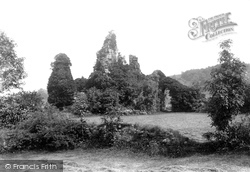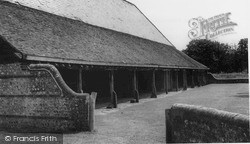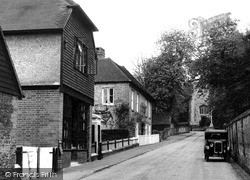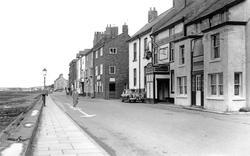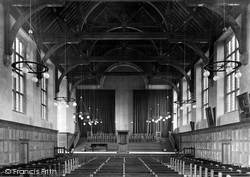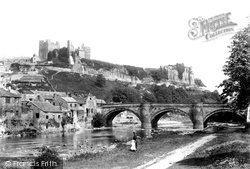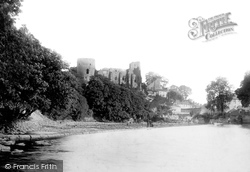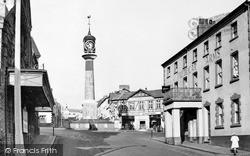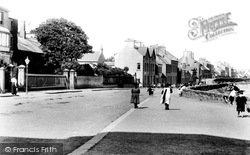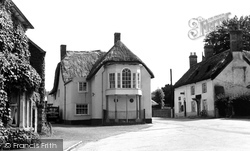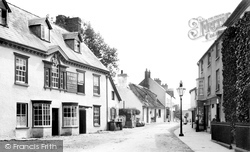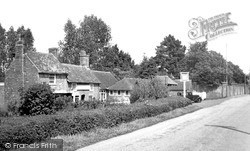Places
25 places found.
Those places high-lighted have photos. All locations may have maps, books and memories.
- East Wall, Republic of Ireland
- Pell Wall, Shropshire
- Wall, Northumberland
- Heddon-on-the-Wall, Northumberland
- Walls, Shetland Islands
- Wall, Cornwall
- Wall, Staffordshire
- East Wall, Shropshire
- Wall End, Kent
- Hobbs Wall, Avon
- Wall Bank, Shropshire
- Wall Nook, Durham
- Knowl Wall, Staffordshire
- Hazelton Walls, Fife
- Wall Mead, Avon
- Mid Walls, Shetland Islands
- Greetland Wall Nook, Yorkshire
- Aston le Walls, Northamptonshire
- Wall Heath, West Midlands
- Wall Hill, Greater Manchester
- Wall End, Cumbria (near Millom)
- Wall under Heywood, Shropshire
- Dale of Walls, Shetland Islands
- Bridge of Walls, Shetland Islands
- Hole-in-the Wall, Hereford & Worcester
Photos
516 photos found. Showing results 1,241 to 516.
Maps
172 maps found.
Books
Sorry, no books were found that related to your search.
Memories
1,989 memories found. Showing results 621 to 630.
After My Time
The 'new' primary school in Cook's Lea (a respected headteacher in Sandwich) was built in the early sixties and is well-located next to the Gunpark to the left. The old C of E Primary School was a solid building and this new school has ...Read more
A memory of Eastry in 1962 by
Growing Up In Highbrook
My brother Tony and I lived with our grandparents Mr and Mrs Ford at 112 Watney Cottages. What a magical time we had, we knew all neighbours and doors were always open. We would collect the cows in for milking with grandad, ...Read more
A memory of Highbrook by
Phil & John's Amazing Journey Part 1 Infant School Memories
How many of us as fresh faced five year olds, on our very first day at school, look around the classroom and think ‘will any of these children be classed as ‘true’ friends fifty years from ...Read more
A memory of Groby in 1961
School Days
I lived in Salisbury Avenue and once at St John's Green Junior School this was my route home. Playing on the walls of the assault course, amongst other escapades. Unfortunately, when I was back there in 2012 it was a building site. ...Read more
A memory of Colchester in 1952 by
A Wartime Reminder Of Italian Prisoners Of War
During the Second World War there was an Italian prisoner of war camp at Penleigh, on the outskirts of Wells in Somerset. The Italian POWS were put out to work on local farms, and one of them was Gaetano ...Read more
A memory of Wells in 1940 by
The Meakin Family
My grandparents, George and Clarinda Meakin lived in Vernon Avenue, I visited regularly. Grandad put up a ladder at their back wall so I could climb over into the park. My mum was their eldest daughter; she had two brothers and ...Read more
A memory of Old Basford by
Laundry Yard
Laundry Yard was the narrowest and quaintest of the Yards in Uxbridge. Located between Windsor Street and Lawn Road it ran from the High St to The Lynch. There was still a laundry there when I was a boy (The Sunlight Laundry, I think it ...Read more
A memory of Uxbridge in 1956 by
The George Hotel
Fond memories of the George, Saturday night meeting place when we would frequent the Palm Court Lounge with mirrored walls and a Grand piano at the end of the room with a man named 'Tinkler' ... believe it or not!!!! playing tunes ...Read more
A memory of Walsall in 1961 by
Windsor Castle
When I left there was a high fortress wall around the castle which has ben taken down so that visitors can sit on it.
A memory of Windsor
More Memories
It would be lovely if people had pictures of Jaywick in the 70s to post on this site. We had such lovely times there and I would love to see how it looked in the 70s again - the bus station, the arcade, the beach etc. We did not have ...Read more
A memory of Jaywick in 1977
Captions
1,668 captions found. Showing results 1,489 to 1,512.
The wall we see on the right and the graveyard behind were cleared away in the 1950s.
The church of St John the Evangelist has a shingled broach spire; flint and stone are used for walling and buildings.
Described in 1549 as 'the round castle of Buitte callit Rosay of the auld', the first stone castle at Rothesay was a circular shell keep 142ft in diameter with walls 30ft high and 9ft thick; four projecting
Set at the mouth of the River Conway, or Conwy, this mediaeval walled town with its famous castle, one of Edward I's 'iron ring' around Wales, is still remarkably self-contained.
Dedicated to the local saint, and often called 'the Cathedral of the Weald', it was built of local yellow sandstone in the mid 15th century, and was restored during the 19th century.
This vaulted structure, roughly 80ft by 11ft, has two parallel stone vaults and massive walls that formed the platform for the temple, which was the centrepiece of the colonia for retired legionary
With a plan based on its Roman predecessor, Noviomagus, this fine walled city is divided into quarters by North, South, East and West Streets, which all meet at the splendid Market Cross in the centre
This majestic and beautifully proportioned building was destroyed by fire on 1 August 1934, with only the balustrade, some stables, the two lodges and a flint boundary wall left standing.
Stone from neglected Sawley Abbey was purloined and built into house walls – an example is the bay windows at 16th-century Little Mearley Hall near Pendleton. By 1904 the ruins were covered in ivy.
This view shows the barn's steep roof and the later cart shed built alongside its main wall.
This view looks along one of these quiet lanes, The Street, towards the parish church, with the walls to Puttenham Priory's grounds on the right: no real priory this, but a good stucco mansion
Dedicated to the local saint, and often called 'the Cathedral of the Weald', it was built of local yellow sandstone in the mid 15th century, and was restored during the 19th century.
It then evolved into a bustling sea port during the 18th century, and finally, before the tide ceased to lap against the sea wall, it developed into a fashionable seaside resort.
The fine and spacious interior was poor acoustically although in 1941 over 800 people crammed into the hall for the entire London Philharmonic Orchestra conducted by Sir Malcolm Sargent.
The curved entrance walls and the asphalted footpath look recent. Beyond the lovely garden there is an exquisite view of the east window and turret of the school chapel built by G E Street in 1865.
At that time, the border between an England firmly under Norman control and those still willing to fight lay just a few miles to the north.
I fownde the people in the castle in continuall mutenyes, seaking to leape the walls and run to the rebells'.
Walter Wells (left) sold clocks - one of which survives in the Union Street Schoolroom - and jewellery, hence the ring sign above his shop front.
The tower`s iron steps were enclosed with iron railings until 1933, when the present dwarf wall, pillars and sward were substituted.
Most of these houses are still there, but no longer depending on the Battery Wall for protection from the sea.
The Lord's Prayer is painted on the north wall. There are some interesting effigies, including one of a former crusader.
Today the post office is gone, but a modern, larger lamp of similar style is attached to the wall of Carlton House, No 25.
At that time, the border between those firmly under Norman control and those still willing to fight lay just a few miles to the north.
The Dicker, behind the brick wall and trees beyond the pub, is a rather odd-looking mansion, built by Horatio William Bottomley, a politician and journalist. It is now St Bede's School.
Places (25)
Photos (516)
Memories (1989)
Books (0)
Maps (172)



